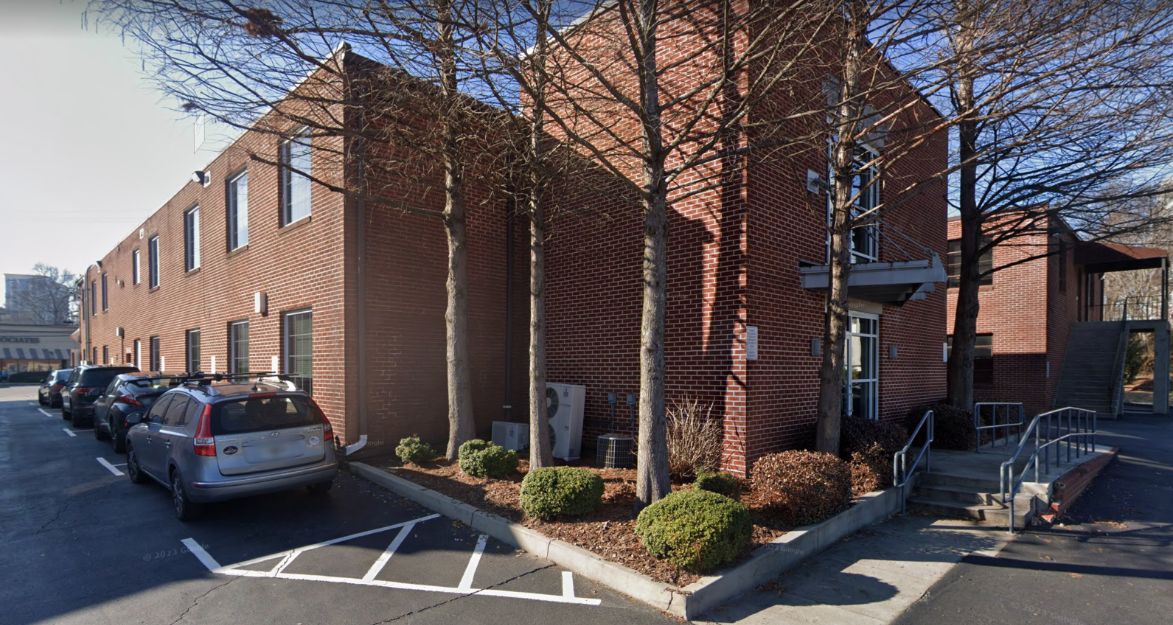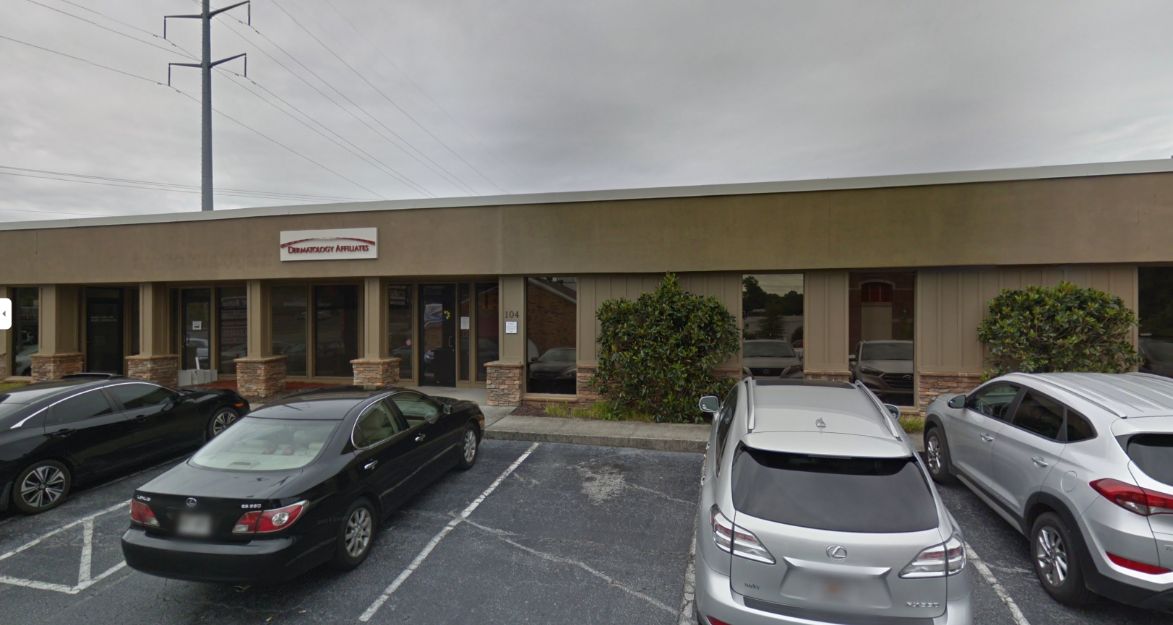Surgical Excision
Understanding Surgical Excision for Skin Cancer and Precancerous Lesions
Surgical excision is a procedure designed to remove various skin concerns, including cancerous and precancerous lesions, by surgically cutting away the affected area. During this process, the dermatologist also removes a small margin of healthy tissue surrounding the lesion. This margin is essential to ensure that all cancer cells are fully eliminated, as some may have spread into the surrounding tissue.
The procedure is typically performed under local anesthesia, ensuring patient comfort while allowing precise removal of the targeted area to minimize the risk of recurrence. Following the excision, the wound is closed with stitches, and the excised tissue is sent to a laboratory for thorough analysis.
Surgical excision is a highly effective treatment, particularly for conditions like basal cell carcinoma and squamous cell carcinoma, where complete and careful removal is key to achieving the best possible outcomes.
Examples of Surgical Excision
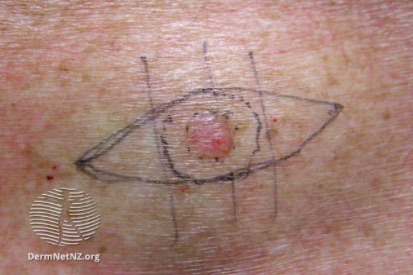
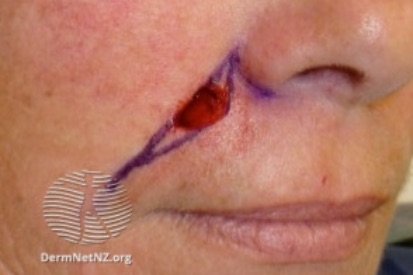

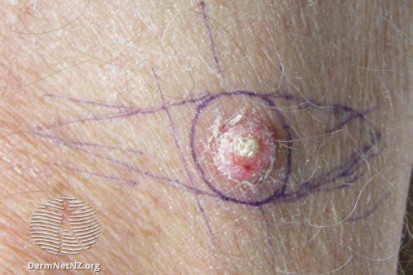
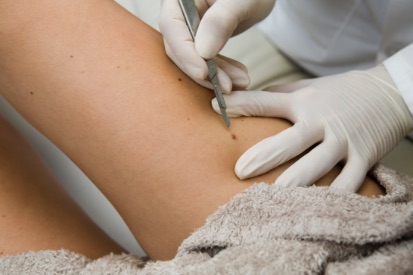
What is Surgical Excision?
The procedure, conducted under local anesthesia, entails a precise incision around the lesion to ensure complete removal with a margin of healthy tissue. Following excision, the incision is closed with stitches, and the extracted tissue is sent to a laboratory for analysis.
What are the Benefits of Surgical Excision
Offering immediate results and low recurrence rates, surgical excision addresses concerns promptly. Surgeons prioritize aesthetic outcomes by minimizing scarring, making it a reliable approach for the removal of growths with both diagnostic and therapeutic benefits.
Surgical Excision the Dermatology Affiliates of Atlanta
Surgical Excision FAQs
The excision surgery itself should not be painful, as your provider will typically numb the area with local anesthesia before the procedure. However, you may experience some swelling, soreness, or discomfort afterward. To help alleviate these symptoms, your provider may suggest applying ice to the area and taking pain medication as needed.
Our dermatologists typically observe that most excision wounds heal within one to three weeks after the procedure. However, if a skin graft or flap was necessary to close the wound, the healing process may extend up to two months for complete recovery.
Yes, surgical excision usually results in a scar, typically matching the size of the incision. Before your procedure, it’s important to discuss with your doctor what the scar might look like and how to properly care for the incision afterward to minimize scarring. Your doctor may provide specific aftercare instructions, including wound care techniques and products that can help reduce the appearance of the scar and promote optimal healing. Additionally, factors such as your skin type, the location of the incision, and your adherence to aftercare guidelines can all influence the final appearance of the scar.
What to Expect at Your Surgical Excision Appointment
The dermatologist will precisely remove the lesion, including a margin of healthy tissue, followed by closure with stitches. Postoperative care guidelines, including wound care and activity restrictions, will be provided, and follow-up appointments may be scheduled as needed. Throughout the appointment, the dermatologist prioritizes your comfort, information, and readiness for a successful surgical excision experience.
How to Prepare for Surgical Excision
Follow specific pre-procedure instructions from your dermatologist, which may include adjusting medications or skincare routines. Take the opportunity during the consultation to ask questions about the procedure and postoperative care.
Planning for Recovery after Surgical Excision
Featured Blogs
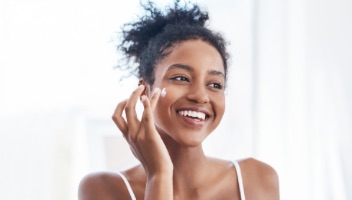
- Skin Care
- Cosmetic Treatments
Having eczema or sensitivities to fragrance can take most of the fun out of buying soaps, lotions and other skincare products.
Read More
- General Dermatology
As the U.S. population ages, the number of Americans who suffer from skin diseases will continue to rise, according to the American Academy of Dermatology (AAD).
Read More
- Skin Care
- Cosmetic Treatments
Entering their 40s warrants special attention to neck care. Often overlooked until signs of aging have already manifested, it's imperative to begin applying sunscreen to the neck daily.
Read MoreFeatured Products
Check your local office for current stock!
Check your local office for current stock!

